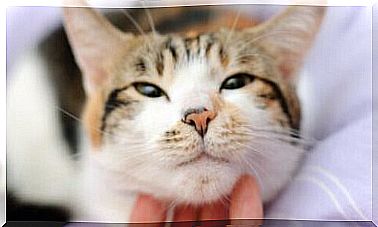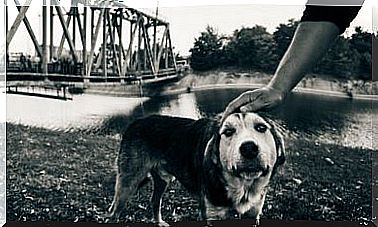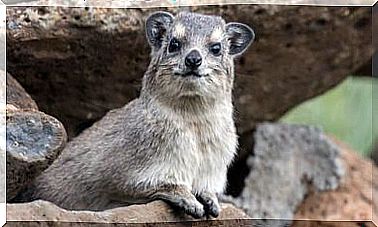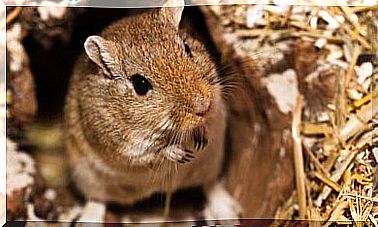The Recovery Plan To Save The Scottish Wildcat
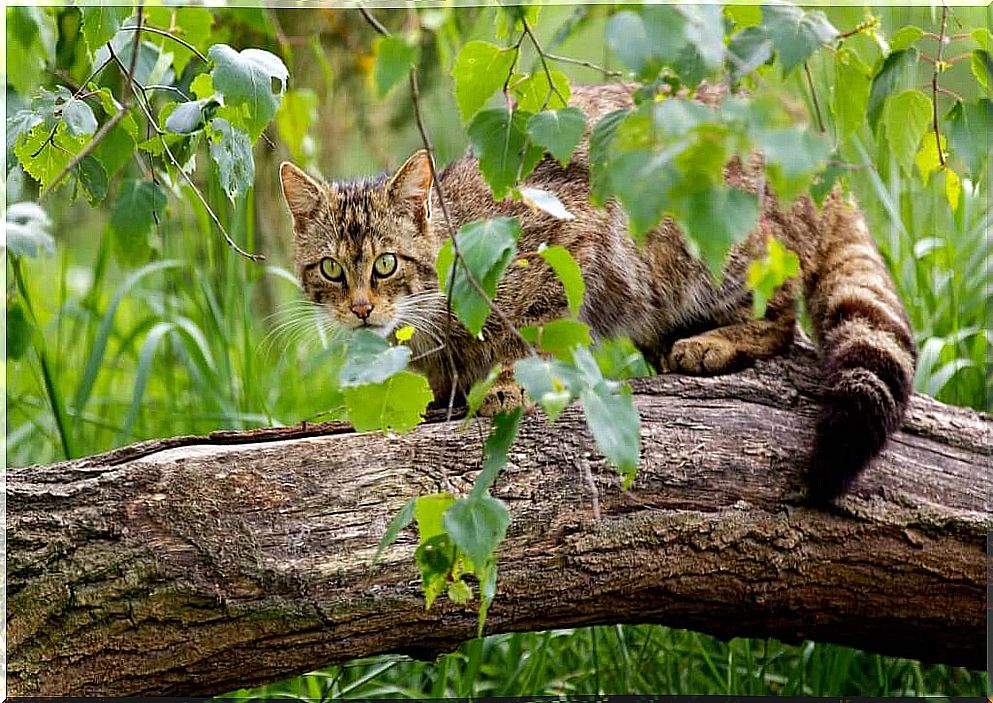
The Scottish wildcat is one of the remaining members of Britain’s wildlife. There, over the centuries, both large and small animals could be found.
However, currently, the fauna of these ecosystems has decreased in terms of animal diversity. Therefore, we will provide information on the current situation and recovery plans for a specific mammal of great interest: the Scottish wildcat.
Scottish Wild Cat Recovery Plan
Great Britain, specifically Scotland, is the place of residence for the Scottish wild cat. This feline is part of a recovery plan as it is in critical danger. The recovery plan was called Breed and release (whose translation can be Breed and release ). Thanks to him, the first wild cat breeding and conservation center will be built in the Scottish Highlands.
Despite the existence of other recovery centers, this one will focus exclusively on Scottish wildcats. The aim is to free individuals in different parts of Scotland in the long term. The creation of the center is the most recent initiative for the preservation of this species, as it is considered to be on the brink of extinction, having only between 20-200 individuals alive.
This extreme situation stems from several factors, such as loss of habitat or the appearance of diseases. Fortunately, a litter of wild Scottish cats has already been born, which brings hope to the project.
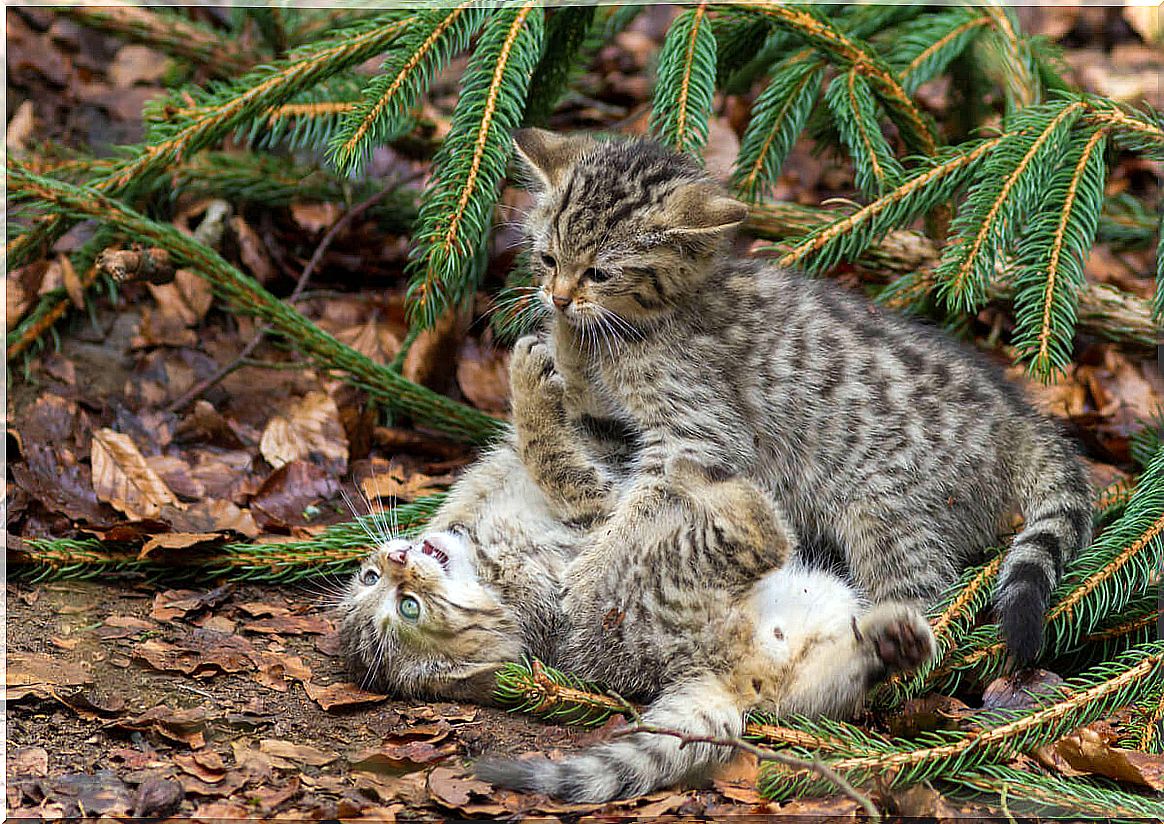
What We Should Know About The Scottish Wild Cat
The Scottish wild cat is scientifically named Felis silvestris silvestris . This animal, also called Felis silvestris grampia, is typical of the Highlands of Scotland. Currently, the presence of this feline is considered vulnerable to disappearance. However, it used to be found all over Britain in the past.
The human being is the main responsible for this fact, since he chased and hunted this species for centuries. In addition, other factors relevant to the decline in their population numbers were habitat loss and hybridization.
Viewed by inexperienced eyes, this animal can be mistaken for a house cat. However, the reality could not be more incompatible, as they are very different animals. Below, we’ll show you some of the characteristics that allow you to differentiate Scottish wild cats from domestic cats:
- These felines can reach up to twice the size of a domestic cat.
- They have their own stripe pattern that distinguishes them from other species.
- Its fur is denser, accompanied by a longer tail.
- They run away from humans and may even hate them.
Endangered species recovery techniques
Next, we’ll show you some of the strategies followed in recovery plans like the one we mentioned earlier. The most used are as follows:
captive breeding
One of the most valuable approaches is captive breeding. In this way, it is possible to control the number of puppies that are born and how many of them are released into the wild.
It is also a way to reduce disease transmission and help your survival. This technique implies great control of the species situation on a small scale, but it is also a responsibility, as it is necessary to know when to release individuals and maximize their chances of survival in the wild.
Tracking in nature
Among the strategies followed is the monitoring of released individuals. For this purpose, GPS locators are deployed, usually incorporated into a collar.
Thus, it is possible to follow the animal’s movements and study its behavior. In addition, GPS collars are often accompanied by cameras that record events. However, it is also possible to place cameras at strategic points in nature (photo traps). The objective is to be able to take care of the animals, trying to disturb them as little as possible.
Avoid hybridization with the domestic cat
One of the challenges facing this particular program is the preservation of the Scottish wild cat genome. It appears that hybridizations with domestic cats have severely altered their genetic makeup.
Thus, it is necessary to study the genome of wild populations monitored. In this way, it will be possible to expand the information and favor the increase of population diversity. The effects of hybridization are not yet known, but it is considered the greatest risk of all. Therefore, avoiding it is one of the proposed recovery techniques.
Raise public awareness
Another important aspect is to educate the population so that people know how to act if they encounter a Scottish cat. In most cases, they are elusive animals that don’t try to get close.
However, people can mistake them for domestic cats and try to capture them by scaring them. Therefore, the message that the Scottish wild cat is part of the cultural heritage is promoted .
Throughout history, he has been part of clan heraldry. In addition, it also played a role in British mythology, as these cats were described as fearless and fierce hunters.
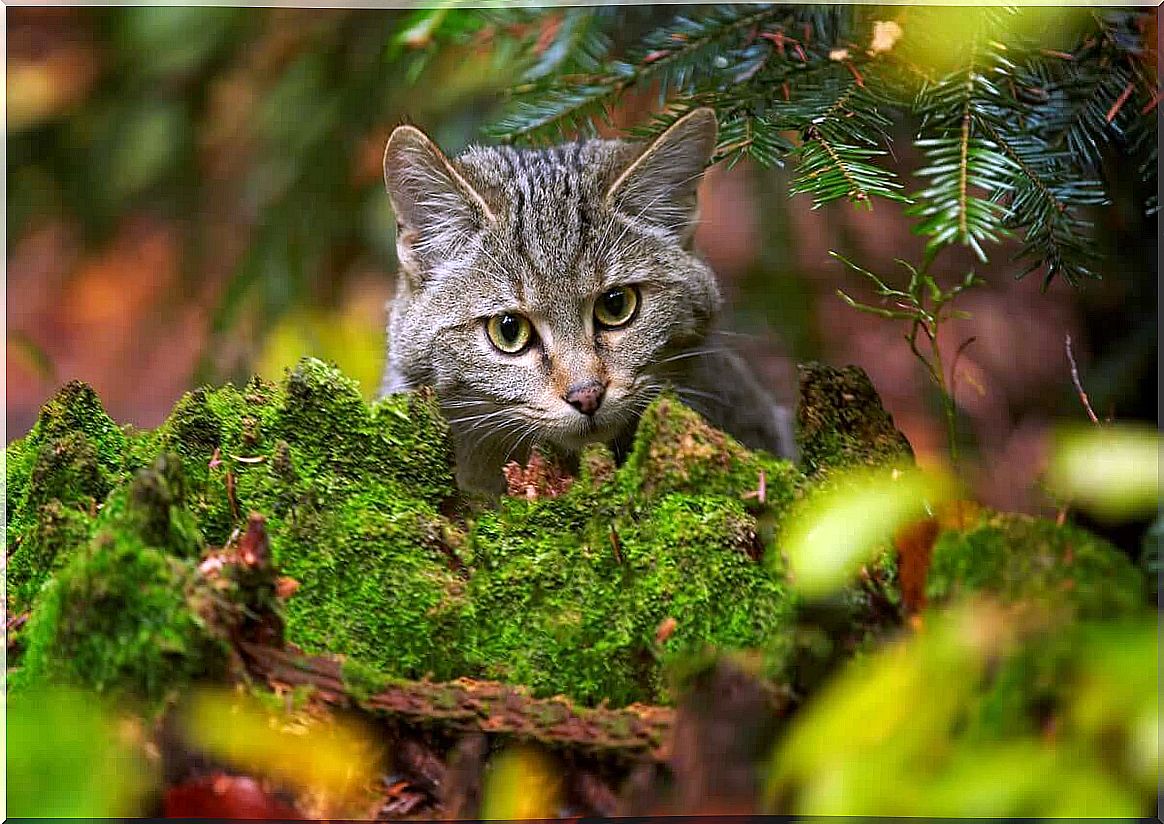
on the verge of disappearance
Species recovery strategies are carried out when the number of the population of individuals in the wild is at a critical stage. This is the case of the Scottish wild cat, whose population has been drastically reduced.
Thanks to these projects, the permanent disappearance of these species can be avoided. In Spain, for example, one of the most successful recovery plans on this issue has been that of the Iberian lynx.

